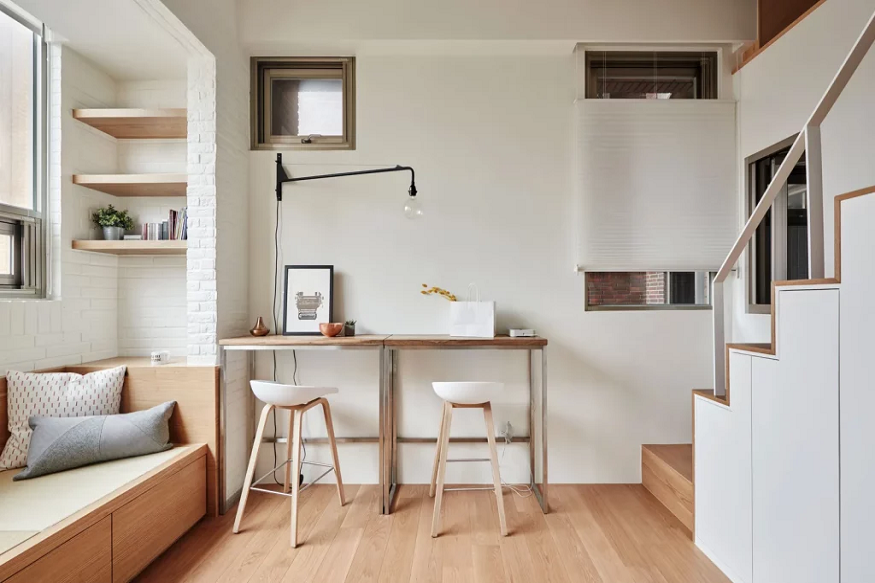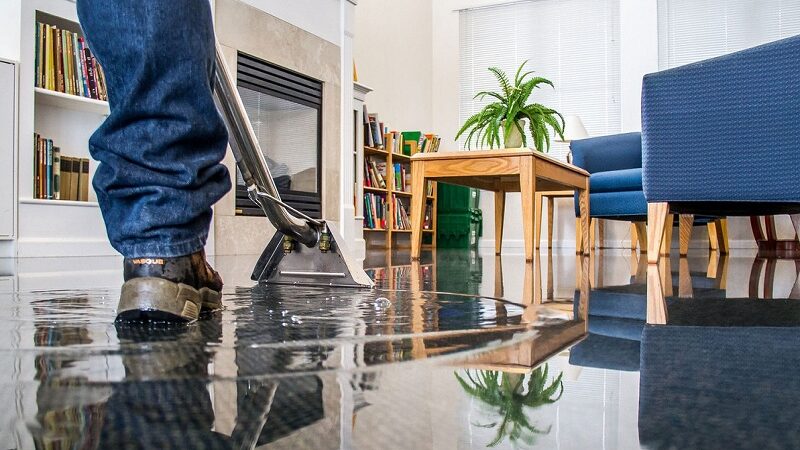California’s Small-Space Housing Solution: How ADUs Are Making A Big Impact

When Susan Moreno decided to convert her San Jose garage into a 500-square-foot studio for her aging mother, she wasn’t trying to start a trend. But three years later, she finds herself among a growing wave of California homeowners embracing Accessory Dwelling Units—or ADUs—as a smart, flexible solution to one of the state’s most pressing problems: housing.
What was once dismissed as a “granny flat” has become a symbol of innovation, community, and financial opportunity. Across the Golden State, backyard units, basement apartments, and converted garages are popping up not just as add-ons—but as meaningful contributions to the housing conversation.
Rethinking Space in a High-Stakes Market
In a state where home prices regularly top national charts and urban sprawl is stretching cities to their limits, California ADUs offer a rare bit of breathing room. Rather than requiring vast swaths of new land or towering developments, they simply ask: what if we made better use of what we already have?
The answer, it turns out, is powerful.
By allowing homeowners to build or convert secondary units on their property, ADUs can gently increase density without changing the character of a neighborhood. A quiet street lined with single-family homes can gain several new rental units—without a single high-rise. And that matters in a place where zoning has historically made it difficult to build anything but single-family homes.
From Red Tape to Green Lights
ADUs have existed in California for decades, but building one used to be a bureaucratic nightmare. Before 2017, homeowners faced a tangle of zoning restrictions, high permit fees, and neighborhood pushback that made the process difficult, if not impossible.
That all changed with a series of state laws designed to fast-track construction and override local resistance. Cities were suddenly required to allow ADUs in most residential areas. Parking mandates were eased. Streamlined approvals became the norm.
In 2021 alone, California saw more than 20,000 ADU permits filed—a fivefold increase from just five years prior.
Today, building a California ADU is faster and more affordable than ever before. Some homeowners opt for prefab units that can be installed in weeks. Others hire architects to design custom spaces tailored for rental income, multigenerational living, or work-from-home life.
Who’s Building—and Why
While ADUs have often been associated with aging parents or adult children returning home, their appeal now spans generations and income levels.
For retirees, an ADU can provide passive income while keeping loved ones nearby. For middle-class families, it offers a chance to offset mortgages or house extended relatives. In some cases, homeowners live in the smaller unit themselves and rent out the main house—a trend especially common among downsizers.
Tech workers in the Bay Area are increasingly using ADUs as home offices or creative studios, while others are tapping into the vacation rental market in cities like San Diego and Santa Barbara. The uses are as diverse as the people building them.
And while the upfront cost—often between $100,000 and $300,000—can be steep, many see it as an investment rather than an expense. With California’s rental market remaining tight, ADUs can generate significant income, with some units renting for $2,000 or more per month depending on location.
Challenges Still Linger
Despite the progress, the path to an ADU isn’t without hurdles. Construction costs have risen sharply due to inflation and supply chain issues. Some cities, while compliant with state law on paper, still throw up subtle roadblocks through slow permitting or unclear rules.
Financing also remains a challenge. While some banks now offer ADU-specific loans or refinancing options, many homeowners find themselves piecing together funding from savings, home equity lines, or even retirement accounts.
There’s also the human side of the equation—convincing neighbors, navigating privacy concerns, and maintaining a balance between density and livability.
Still, these concerns haven’t slowed the movement. If anything, they’ve inspired a new wave of startups, nonprofits, and design firms dedicated to simplifying the process. From turnkey ADU builders to city-run ADU centers offering free consultations, resources are becoming more accessible every day.
A Patchwork of Local Innovation
Though state laws provide the framework, much of the action is happening at the city level. Los Angeles, for instance, has launched the Standard Plan Program, which allows homeowners to choose from pre-approved ADU designs, cutting permitting time in half. San Jose is experimenting with ADUs as part of its solution for housing the homeless. Oakland has leaned into modular construction to help low-income families add units quickly.
Meanwhile, design trends are flourishing. Tiny homes with soaring ceilings, solar panels, and sliding glass walls prove that small can still be stunning. In a state obsessed with lifestyle, ADUs are getting the full California treatment—functional, beautiful, and sustainable.
A Subtle but Significant Revolution
In a way, the ADU movement reflects a deeper cultural shift. Californians are rethinking what it means to share space. They’re becoming more open to multigenerational living, more curious about density done well, and more willing to experiment with alternative paths to homeownership.
It’s not a silver bullet, and it won’t fix the housing crisis alone. But ADUs represent a rare win-win in the world of urban planning—one that benefits both individual homeowners and the broader community.
For many, a California ADU is no longer an afterthought. It’s the future, right in their own backyard.






